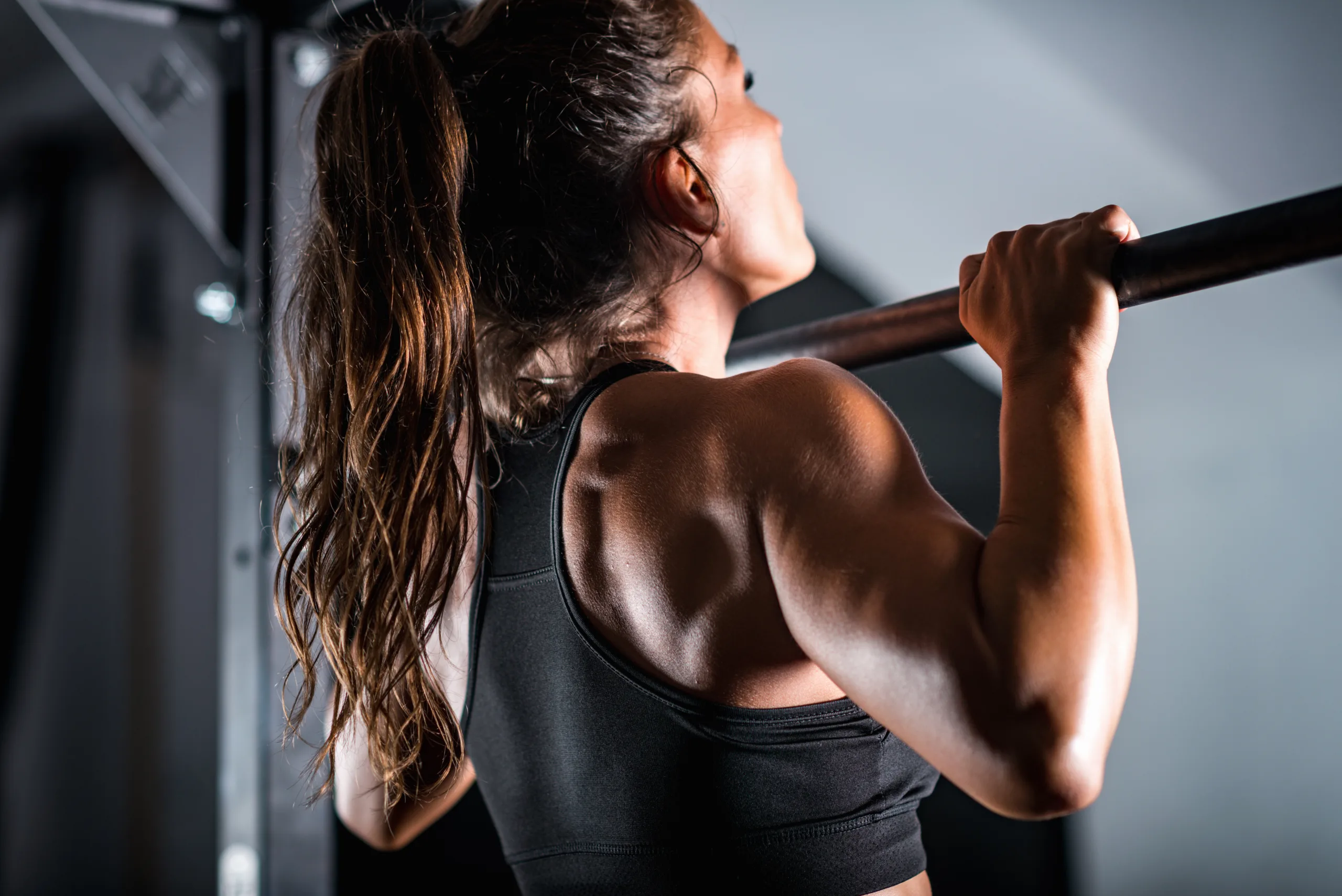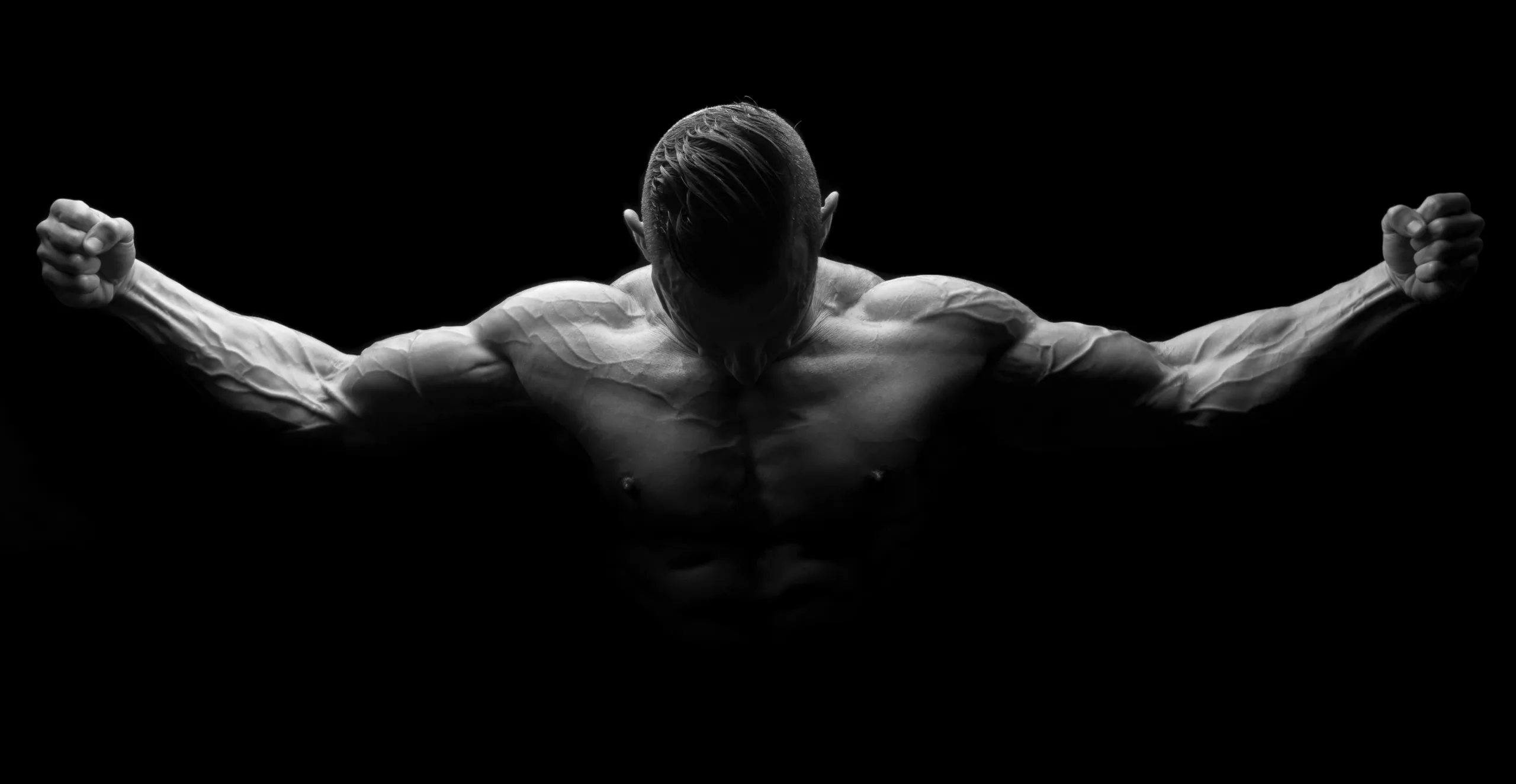Contents of Article
- The Objective
- What the researchers did
- What the researchers found
- Practical Takeaways
- Author’s comments
- References
- About the author
- Comments
Objective
‘Cross education’ is a neural adaptation defined as the increase in strength or functional performance of an untrained limb after unilateral training. Unfortunately, there is limited evidence on the time course of adaptation in the untrained contralateral limb. This limits the ability of practitioners to make effective recommendations for training-based rehabilitation.
Therefore, this study aimed to determine the minimum number of training sessions to induce significant strength gains in both the trained and untrained limbs during unilateral handgrip training.

What the researchers did
11 right-handed participants (6 female, 5 male) completed Experiment 1. 8 right-handed participants (2 female, 6 male) completed Experiment 2. A within-participant, repeated-measures design was used to improve the statistical power so that subjects completed 3 pre- and 1 post-test sessions. Each training session included 5 x 5 maximal voluntary isometric contractions (MVCs) using a handgrip dynamometer in their dominant hand. To track the time course of force changes in the trained limb, MVC was recorded for every rep throughout the training programme.
For the untrained limb, handgrip force was measured once every 3 sessions with a single contraction which was considered minimal interference. Experiment 1 consisted of 6 weeks of ‘traditional’ unilateral handgrip training 3x/week. Experiment 2 consisted of ‘daily’ unilateral handgrip training for 18 consecutive days to assess if strength gains in the untrained limb were related to the total time of training or the number of training sessions.
What the researchers found
During the ‘traditional’ 6-week training, peak handgrip strength in the trained limb was significantly different than the pre-testing average (PREavg) at session 9 (37.6 + 12.8 kg vs 39.4 + 12.8 kg) and remained different at the beginning of session 13 (37.6 + 12.8 kg versus (vs) 40.6 + 13.0 kg). The average session participants were significantly stronger than baseline and remained stronger for 11.8 + 6.0 sessions. In the untrained limb, peak handgrip strength was first significantly different, and continued to be different than PREavg after the 4th week of handgrip training (34.8 + 12.6 kg vs 36.9 + 13.9 kg). Peak force increased 14.6 + 8.9 % in the trained and 12.5 + 9.3 % in the untrained limb.
During ‘daily’ training, POST handgrip strength was significantly greater than PREavg in the trained limb (48.0 + 13.9 kg vs 52.8 + 15.7 kg). In the untrained limb, POST handgrip strength was significantly greater than PREavg (45.6 + 12.4 kg vs 49.3 + 14.0 kg). In terms of time, the trained limb was significantly stronger and remained stronger from session 14.6 + 5.6, on average. In the untrained limb, handgrip strength was significantly stronger than PREavg after the 15th day. Peak force increased 9.7 + 8.7 % in the trained and 7.8 + 6.8 % in the untrained limb. Results indicated no difference in the % strength increase in untrained limbs between ‘traditional’ (12.5 + 9.3 %) and ‘daily’ (7.8 + 6.8 %) handgrip training.

Practical takeaways
Untrained limb handgrip strength was significantly higher than baseline on the 15th day of training in the ‘daily’ training compared to the 12th session during the ‘traditional’ 6 weeks of training. However, session 12 occurred on approximately day 28 of ‘traditional’ training, which is almost twice the number of days compared to ‘daily’ training. Interestingly, peak force plateaued at 5 weeks of training during the ‘traditional’ approach while there was no plateau for 18 consecutive days of training, perhaps indicating that more than 18 sessions in a row are required to optimise strength increases in the untrained limb. Based on the number of sessions, ‘traditional’ training showed faster strength gains (12 vs 15 sessions).
For athletes with a forearm/wrist injury, return-to-play time is very important and training the uninjured limb may benefit the injured limb in terms of enhancing recovery and/or improving strength while not being able to directly train it. This potentially makes regaining strength when fully recovered even quicker. Since recovery time is likely to be very important in an athletic scenario with rehabbing an injured limb/athlete, a daily approach to cross-education training is likely to be ideal for the uninjured arm. Due to the arm being trained every day, it would be best to keep it to 1-2 exercises, maximum. For example, a daily programme for an injured wrist may look like this for the uninjured arm:
A1) Gripper 5×5
B1) Hand Opening w/ Rubber Bands 3×10
If taking the ‘traditional’ approach, then more exercises along with volume may further improve strength.
Author’s comments
“This paper answers the question about the time-course for strength adaptations when it comes to the ‘cross education’ effect in the context of handgrip strength. Having said that, it is yet to be determined whether a similar time-course would occur in other muscle groups, movements, contraction types, and various selections of volume and intensity.
Training daily with heavy compound movements could potentially lead to a plateau much earlier and eventual burnout. The frequency, volume, and intensity to elicit ‘cross education’ should be decided on a case-by-case basis, where depending on the factors above, more or less of each will give the desired outcome of increased strength in the untrained, contralateral limb. It’s also important to note that this study trained the dominant limb to see the effect on the non-dominant limb and, as such, strength improvements may be different when training the non-dominant limb.”
This Performance Digest snippet was taken from issue #25 Nov 2018, available for members. If you aren’t a member yet, fill out the form below to find out how The Performance Digest can transform your coaching now!
- Barss TS, Klarner T, Pearcey Gregory E.P, Sun Y, Zehr E.Paul, Time course of interlimb strength transfer after unilateral handgrip training 2018. Journal of applied physiology, pp 1594-1608. [Link]


